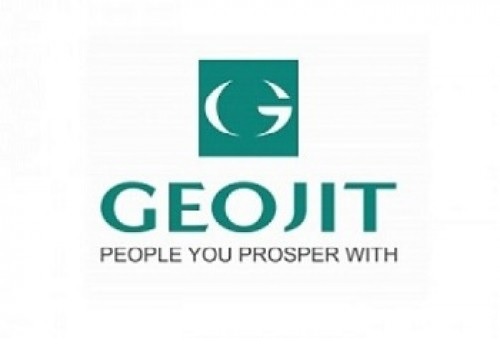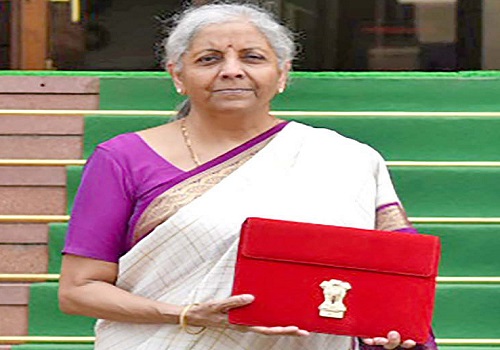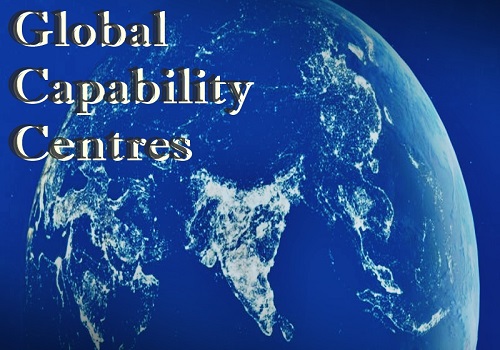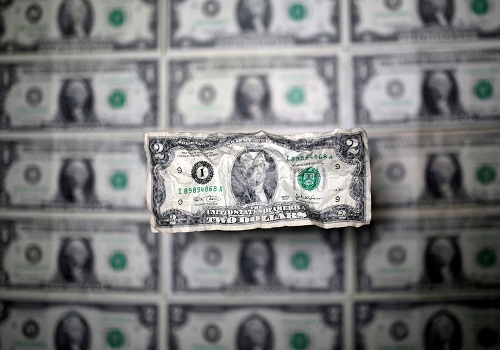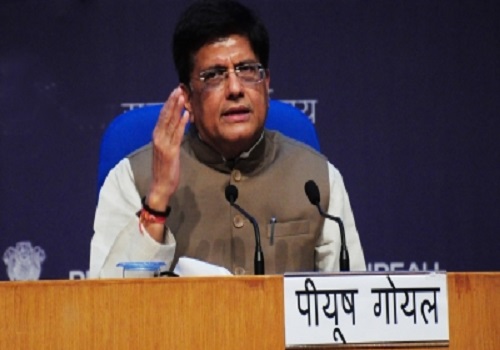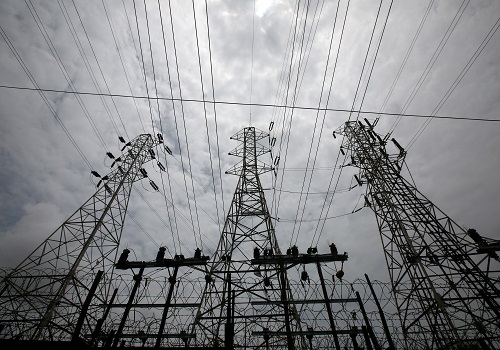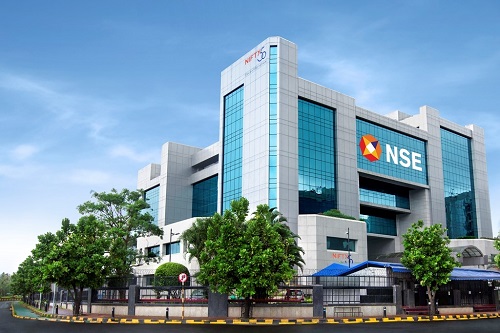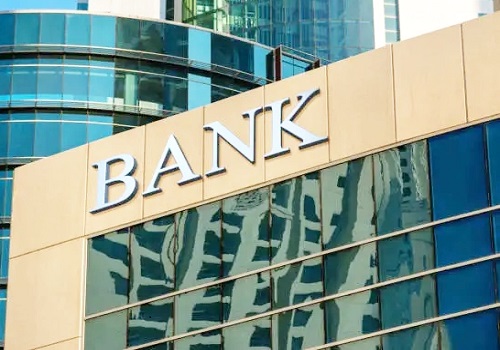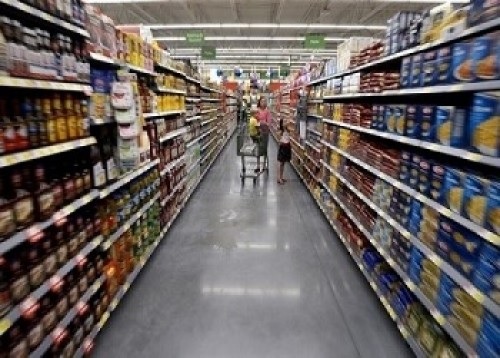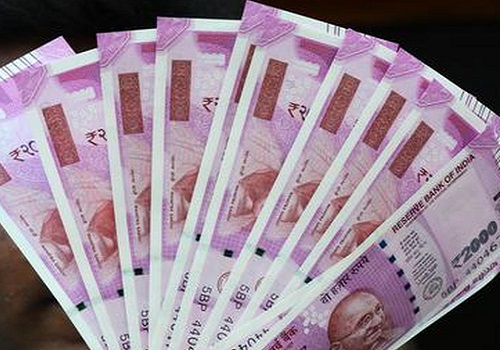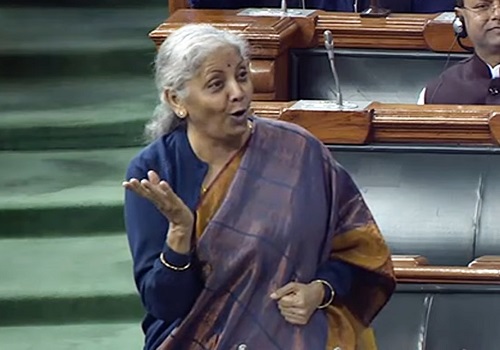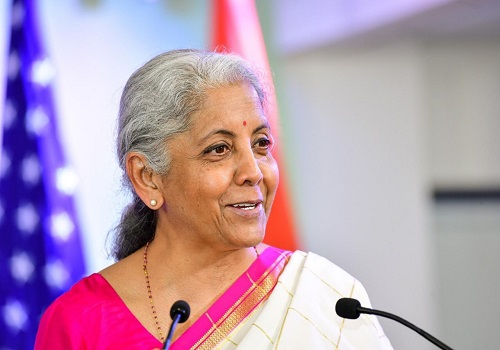The Economy Observer: Consumers v/s Businesses in India: Poles apart By Motilal Oswal Financial Services

Follow us Now on Telegram ! Get daily 10 - 12 important updates on Business, Finance and Investment. Join our Telegram Channel
https://t.me/InvestmentGuruIndiacom
Download Telegram App before Joining the Channel
What does this indicate about future economic growth?
* An economy consists of only three domestic agents – Consumers (or Households), Businesses and the Government. The first two sectors generally comprise the private sector (although there are various government-owned businesses, known as PSUs, in India). The private sector is the key driver of economic growth, and thus, an understanding of consumer and business sentiments through surveys is considered an important input in building economic expectations.
* The Reserve Bank of India (RBI) conducts Consumer Confidence Survey (CCS) and Industrial Outlook Survey (IOS) to make such informed expectations. IOS provides an assessment of business situation of companies in the manufacturing sector and CCS renders an assessment of the consumer sentiments of the respondents based on their perceptions of the general economic conditions and own financial situation. The former is conducted and published quarterly, while the latter was converted into a bi-monthly survey since late-2016, before which it was also conducted quarterly. Both these surveys include various components to arrive at the current situation index and future expectations index. The time-series on the IOS is available since 2001, while CCS data is available only from 2011.
* Never ever in the past has there been such wide divergence between the current assessment of the businesses and consumer sectors (Exhibit 1). The current situation index of CCS almost halved to ~50 in 2HCY20 and 1HCY21 from 100 in the pre-COVID period (i.e., 1HCY19). It has recovered since then, albeit, stayed very low at just 76.6 in 1QFY23. In contrast, the current assessment of businesses also plummeted to 56.5 in 1QFY21 from 108 in the pre-COVID period. However, it recovered dramatically to 100.6 in 2QFY21 and has been above 110 during the past four quarters.
* As far as expectations are concerned, although the fall was not so large, consumers continue to remain considerably less optimistic than the pre-COVID period. In contrast, Indian businesses are the most optimistic in the past two decades, since when this data has been available (Exhibit 2).
* This divergence in the headline indices is also apparent in various components of IOS and CCS. There are four major components in these surveys – employment outlook, income prospects (profit margin for businesses), price-level expectations and demand outlook (spending for consumers and order book for businesses). Although consumers are highly concerned over job outlook, employers are much more optimistic (Exhibit 3). Consequently, consumers are worried over their income growth prospects, while businesses are very confident about their profit margins (Exhibit 4). In line with these trends, while the consumers’ spending outlook is bleak, businesses appear very confident on maintaining a strong order book (Exhibit 5).
* Another interesting fact is the difference in their inflation expectations. As much as 60% of businesses see an increase in selling prices (up to 4QFY23), compared to <10% in the pre-COVID period. In contrast, almost 70% of CCS’ respondents expect higher price level vis-à-vis ~60% in the pre-COVID period (Exhibit 6). Even if we look at the Households’ inflation expectations survey, although 3-month and 12-month ahead inflation expectations are higher than in the pre-COVID period, they have been broadly stable since the beginning of CY22 (Exhibit 7).
* It is obvious that only one of these two agents will prove right in the future. While we hope that the optimism showed by the businesses in IOS becomes the reality in future, our assessment of the economic impact during the past two years indicates that consumers’ category may remain cautious, as their financial position deteriorated significantly. If so, the expectation of a strong order book may actually reflect a shift in the market share (from the unlisted/unorganized/small to listed/organized/large companies), rather than the general broad-based improvement in the real economy.
* Various policies adopted during the COVID-period – domestically and globally – have contributed to this divergence between the consumers and businesses’ expectations. This is true not only for India, but for several other major economies of the world (Exhibit 8). A look at the US reveals that while the deterioration in business expectations lagged consumers’ skepticism, the former adjusted quickly. If these surveys are suggestive of an impending economic slowdown or recession in the US (or developed world generally), how much attention do they deserve in India?
To Read Complete Report & Disclaimer Click Here
For More Motilal Oswal Securities Ltd Disclaimer http://www.motilaloswal.com/MOSLdisclaimer/disclaimer.html SEBI Registration number is INH000000412
Above views are of the author and not of the website kindly read disclaimer

